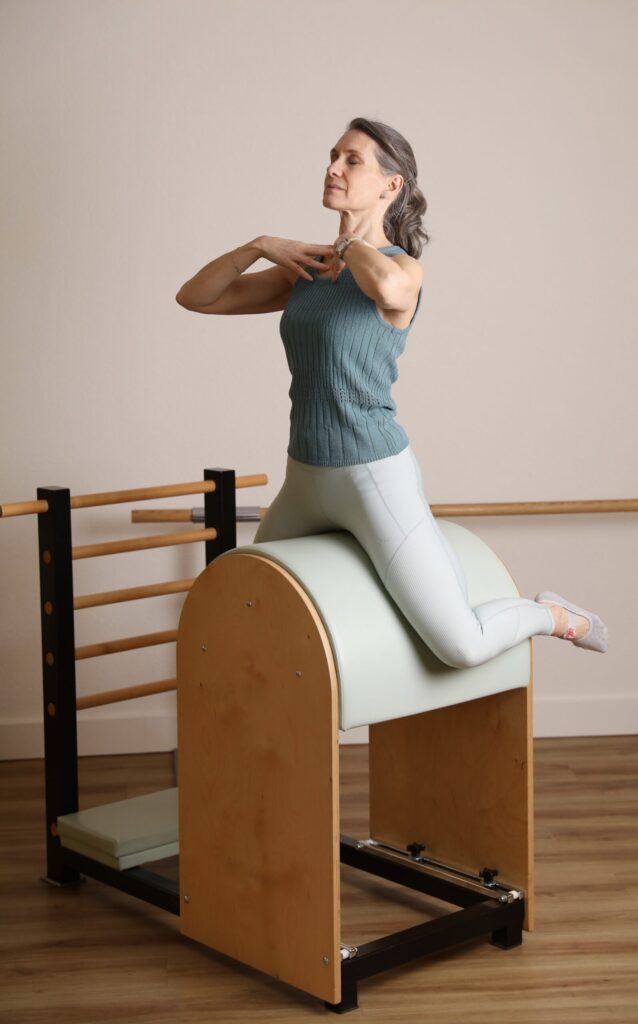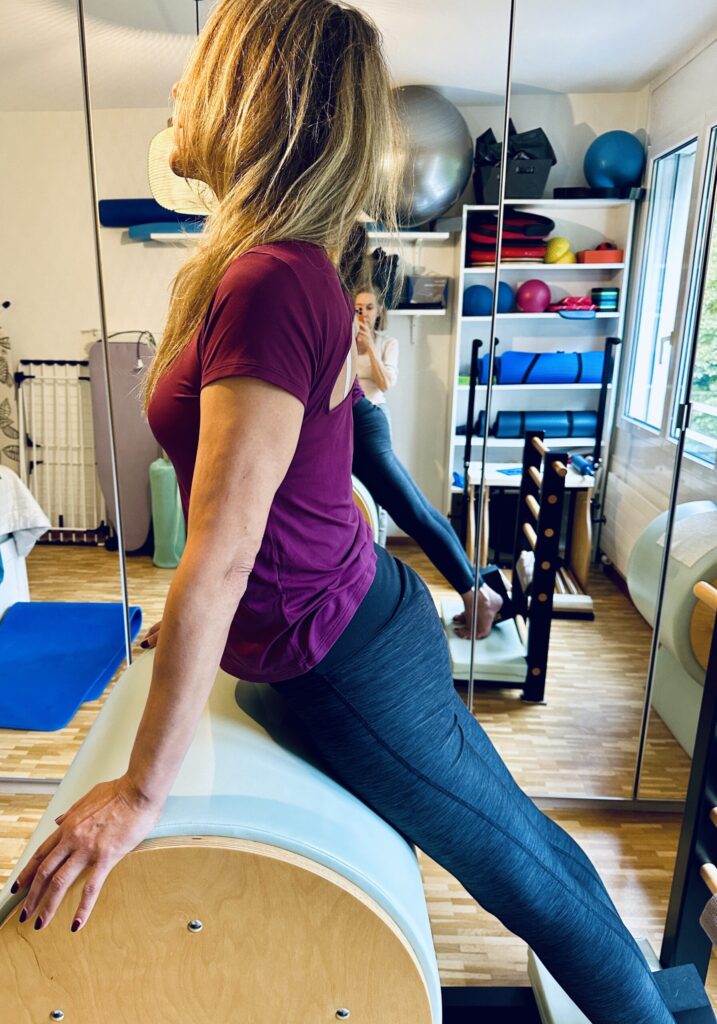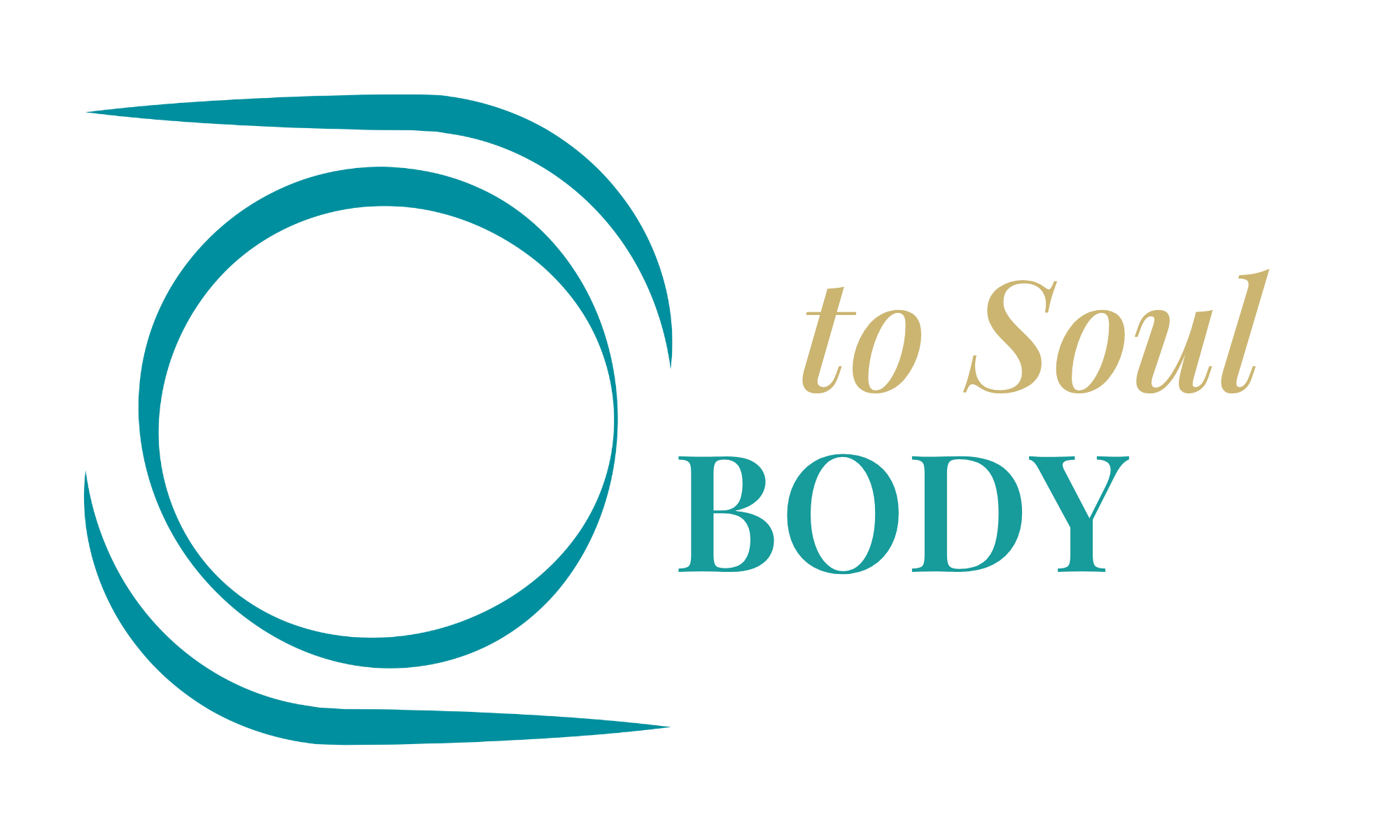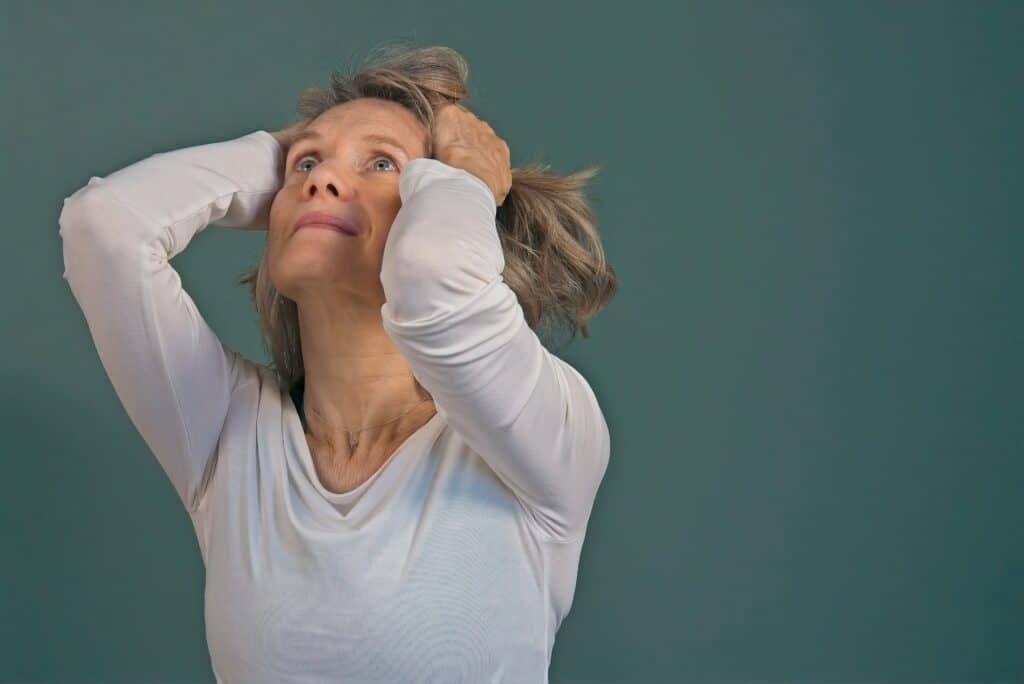We often think that to heal or move forward, we need to understand. To put things into words. To analyze. But what happens when, despite all this mental clarity, we still feel stuck? And what if the body, too, had something to say — and was simply waiting for us to listen?
And what if healing was never meant to happen from just one side?
When we try to heal, grow, or simply feel better, we often turn to the mind.
We talk, we reflect, we analyze. We try to understand.
And it’s true — the mind holds precious keys.
But over time, we can feel that something is missing.
We’ve put words to our pain, we’ve intellectualized it… and yet we still feel stuck.
It’s because our body has always been part of the story — our story — and it, too, has one to tell.
Recognizing that the body needs to express itself is part of my practice, and it’s exactly what psycho-kinesiology has highlighted for a long time: true transformation comes neither from the mind alone nor the body alone — it’s born from the conversation between the two.
The founder of psycho-kinesiology often said that, as an osteopath, he felt something emotional was missing. And as a psychotherapist, it was the body — and its wisdom — that was absent.
This lack of one or the other is exactly what led me to create the Organic Performance Method. This need for a bridge between two worlds.
And what if true healing, true autonomy, didn’t come from choosing between body and mind… but from reconnecting them?

Our body needs to be acknowledged more than it needs to be fixed.
I didn’t come to this approach through theory.
It all started when I began listening to my own symptoms with a fresh perspective.
When pain would show up, my first reflex was often: How can I make it stop?
But over time, I discovered something that changed everything.
I started to see my symptoms not as enemies, but as messengers.
That’s when I began practicing what I now call my method of healing through recognition.

When something hurts, I stop. I connect with that area, gently. I offer it compassion. Sometimes I even thank it — because it’s showing me that a part of me needs to be heard.
A place where I’ve forgotten myself.
A part of me still waiting for forgiveness.
A wound that hasn’t yet been welcomed with love.
And very often, when I truly give space to that recognition — when I see the symptom not only physically, but also emotionally and symbolically — something shifts.
It softens. It releases.
Not through force.
Not through mental analysis.
But through presence.
And so I came to understand: healing cannot be forced. It must be allowed.
This work moves us forward from body to soul.
One of my most loyal clients first came to see me almost twenty years ago.
At the time, she was practicing yoga regularly — but she often got injured.
Nothing too serious, but her body seemed to say “no” more often than she could explain. Something wasn’t right. And she was ready to explore her situation differently.
This work was foundational — for her and for me.
It was through supporting her that I began to lay the foundations for what I would later call my method of healing through recognition.
Her journey helped me see that so often, physical discomfort carries unspoken emotional messages — and that acknowledging them with gentleness can transform far more than just posture.

Years later, after going through some difficult personal events, she developed frozen shoulders in both arms.
But by then, we had built a shared language — a way to face this new challenge with awareness, instead of living it in fear.
To this day, we still meet every week for Pilates sessions.
And what nourishes our work isn’t the technique — it’s the mindset.
When a movement doesn’t flow, she doesn’t force it. She listens to herself. She feels. She acknowledges that her body is expressing something. Together, gently, we explore all the way to the root of the issue.
And each time, without fail, her body responds.
The range of motion returns. The movement frees up.
The change happens — not through force, but through presence.
That’s what I mean when I speak of a body that evolves.
Yes, it carries our story — but it also carries our capacity to heal.
As long as we’re willing to meet it where it is.

Our body is ready to heal — it’s simply waiting for us to be ready.
We’ve been taught for too long to separate everything.
The body — that’s for doctors or physical therapists.
The mind — that’s for talking, for therapists, for cognitive tools.
But true healing doesn’t work in compartments.
In my experience — both personal and professional — the most lasting transformations happen when we reconnect the pieces.
When we recognize that pain isn’t just physical.
That posture isn’t just structural.
That movement isn’t just a technical gesture.
Our body is intelligent. Emotional. Alive.
And above all: it’s responsive.
Not to force — but to presence.
Not to control — but to recognition.
Not to rigid protocols — but to the truth of the moment.
That’s what I love to offer through my work:
A space where the body and the mind can finally speak to each other again.
A space where our symptoms are no longer problems to fix,
but messages to understand — and to transform.
Because only from there can something open up. Can things breathe again.
And that’s where true movement becomes possible.
The kind that carries you forward with ease and fluidity.
The kind that gives you power — from the inside out.

